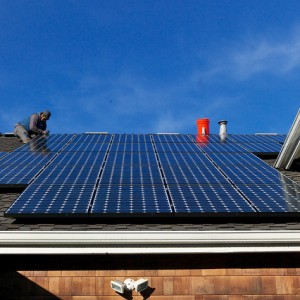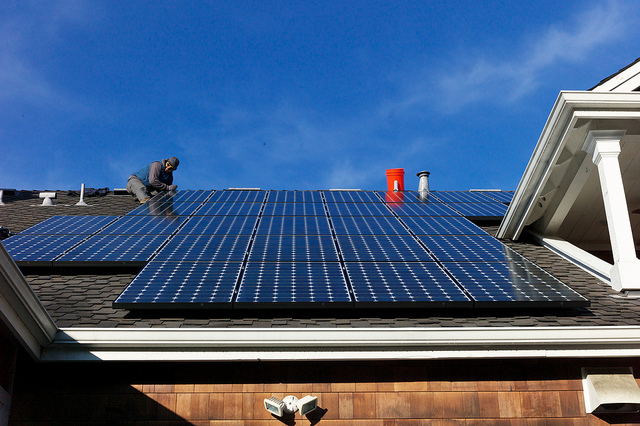Queenslanders have a reason to smile after the Queensland Government ruled out closure of its solar feed-in tariff program known as the Solar Bonus Scheme.
Those who adopted solar power system early, enrolled for the Queensland Solar Bonus Scheme prior to July 10 2012 and have remained eligible receive a feed-in tariff rate of 44 cents per kilowatt hour fed into the main grid.
Premier Annastacia Palaszczuk blatantly rejected the Queensland Productivity Commission’s proposal to end the FIT scheme early due to what it termed as an effect on electricity prices.
“My Government has already taken firm action to stabilise electricity prices,” the Premier stated, claiming that in less than two years of her leadership, she will ensure the average increase in annual electricity cost for households will remain at 1.2 per cent.
“This compares to an increase of 43 per cent over the term of the Nicholls-Newman Government. For small businesses, the average annual increase is just 3.8 per cent, compared with an increase of 21.9 per cent over the term of the previous LNP Government. This is proof that the Government’s efforts to restrain and stabilise electricity prices are working,” the Premier remarked in part.
It’s also emerging that the federal government has also rejected proposals that require Scheme participants who install battery systems to lose their feed-in tariff; something that could hinder most Queensland solar households from investing in a home energy storage system.
Queensland’s Solar Bonus Scheme was legislated to end on July 1 2028.
Ms Palaszczuk also revealed some electricity related reforms including provision of a rebate on power bills for more than 150,000 additional families in Queensland. While the Solar Bonus Scheme in Queensland looks safe, across the border in NSW, the closure of a program with a similar name is looming.
Apparently, participants who applied for the NSW Solar Bonus Scheme before May 2011 will start getting an unsubsidised tariff rate averaged at between 4.7-8c per kWh from January 1 but only for the excess electricity exported from their solar power system into the electricity grid. This is bound to have a significant effect on majority of the 146,000 households attached to the scheme and for most of these cases a change of meter will be required.
As we near the end of 2016, participants of the Solar Bonus Scheme in New South Wales who are yet to do so will have no choice but to quickly take steps to mitigate the effects likely to be brought about by the impending reduction.
IMAGE via Jon Callas

